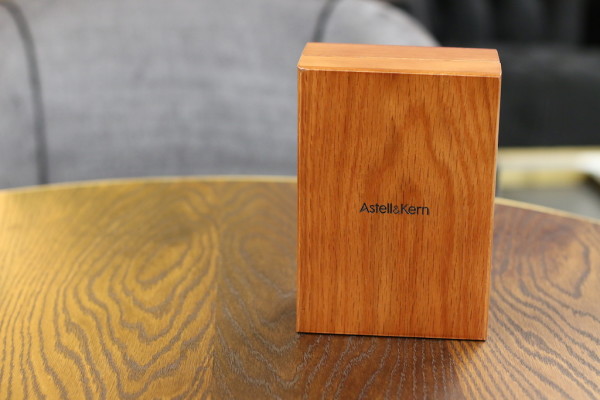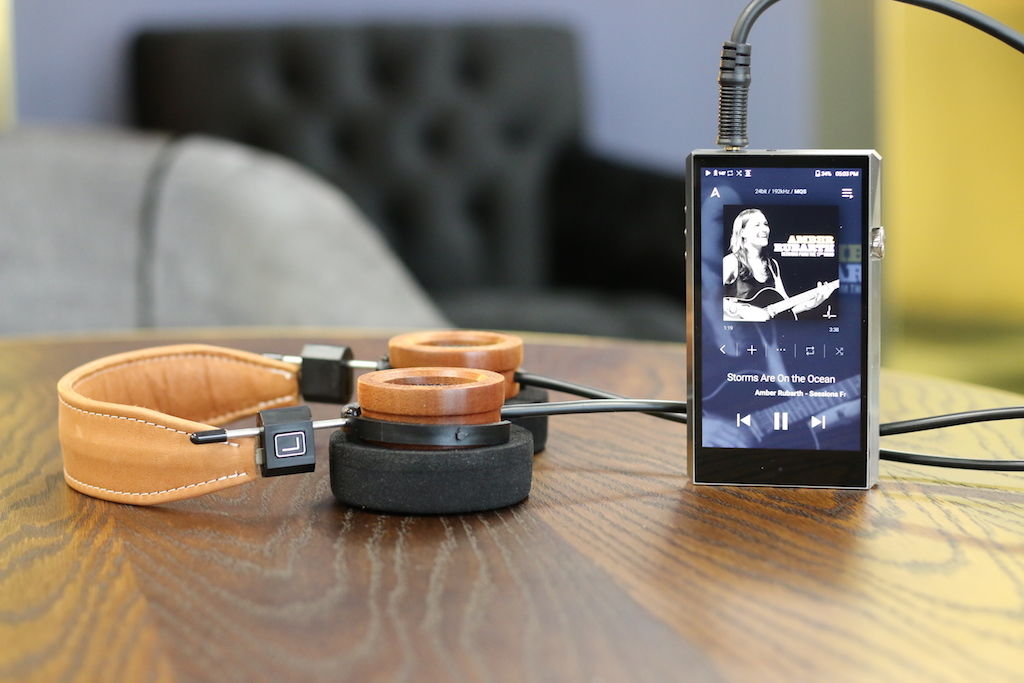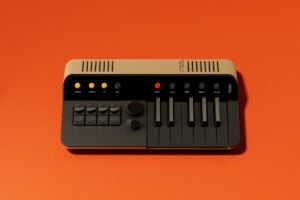I’m going to preface this review by saying this: Most of you are going to be perfectly happy with the audio output that your smartphone delivers through the headphones that came with the phone. Before I tried Astell & Kern’s A&Ultima SP1000, the device at the centre of this article, I was just like you.
Now, like flying up the front for the first time, I’m ruined forever.
Opening Thoughts
When the courier delivered this bad boy to the office and handed it to me, I immediately thought they’d mixed up the delivery such is the weight of the packaging, the high end audio player encased in a custom made thick wooden box, much like the box you’d receive with a new Breitling or IWC.

Open it up and we’re immediately presented with a glistening, thick, well made piece of metal and carbon fibre that the marketing department inexplicably called the Astell & Kern A&Ultima SP1000.
Fortunately for them, the sound engineering department did their job very well, but more on that later. Also in the package is a leather case, a long USB to USB-C cable, and a couple of screen protectors.
The Turn On
Pull the SP1000 out of the box, a quick glance around the beautiful looking device reveals what looks and feels like a watch crown, but is in fact a power and volume control wheel. One steady push and the $4,999 audio player comes to life.

Setting up is relatively easy, and importing music onto the device is a breeze. The Astell & Kern A&Ultima can handle (deep breath) WAV, FLAC, WMA, MP3, OFF, APE, AAC, ALAC, AIFF, DFF, and DSF file types, so pretty much anything you can throw at it short of a professional mastering file, as well as the ability to stream music from services like Tidal and Spotify (although the latter pretty much makes negligible any benefit you’ll get from the SP1000 because of the low streaming rate). From a technical perspective (I don’t blame you if this means nothing to you), the SP1000 plays DSD up to 11.2MHz and has a max resolution of 32bit/384kHz for PCM files.
The Android-powered OS acts fundamentally like any smartphone we’ve ever used, so within minutes I’ve plugged in some headphones (Grado RS2e’s in this case), chosen a song from the preloaded tracks and just like that…the most crisp audio I’ve ever heard comes to life in my ears.
The Sound
It’s the moment you’ve all been waiting for, but, like describing a colour, its actually pretty difficult to explain just how good this thing sounds. In a sentence…it’s the best sound you’ll get short of being in the studio as an artist lays down the track.
The high’s are as crisp as you could possibly imagine and the low’s feel like they’re coming from the deepest corners of space.
A quick Google suggests I should try Time from Pink Floyd’s 1973 album Dark Side of the Moon as it will offer the best range to test the player.

What a suggestion. From the clocks and bells at the beginning of the song, to the bass, the first ‘Taking away’ of the vocals, the drums, dynamics, stereo separation – I felt every single nuance of this song, and was oh-so-disappointed to find it all disappear a week later listening to the song on my iPhone.
The Astell & Kern A&Ultima SP1000 is a very impressive piece of kit, but with a RRP of $4,999 it’s not going to be within everybody’s price range. For those who have the means though, I can at the very least recommend heading to your local dealer to try one out and transport your ears into heaven.
For Australian stockists, visit Busisoft Australia or call (03) 9810 2900
















